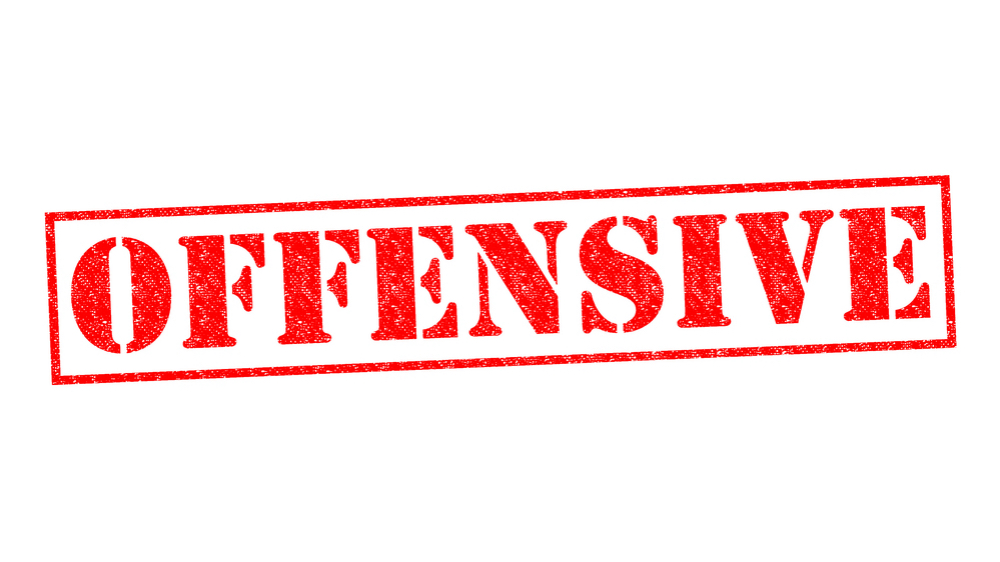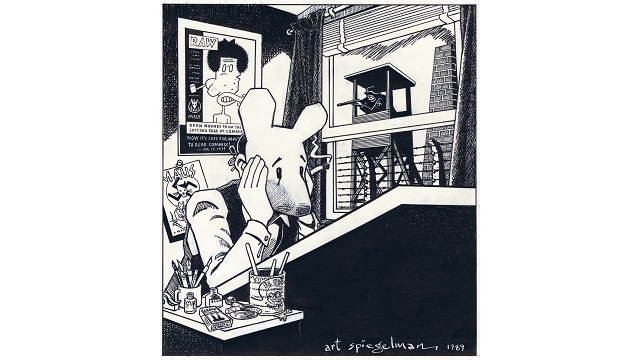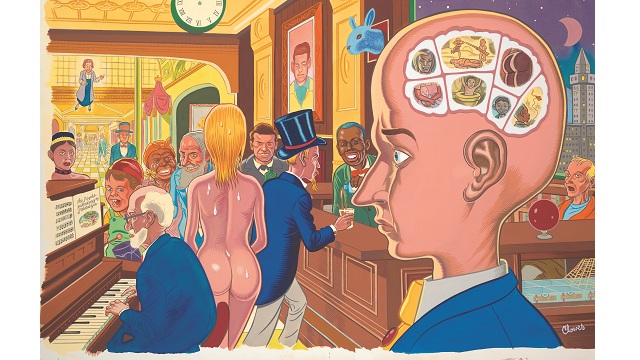Not Just a Comic Book, Graphic Novels Teach us History

Long considered an extension of a world populated by characters with capes, superpowers, and bad nicknames, the graphic novel has suddenly become the go-to vehicle for recounting history. It could be a welcome resource, considering the potential changes in America’s educational curriculum. But don’t look for any capes in these books.
Already one of the most-anticipated books of the year, R. Crumb’s take on the Book of Genesis has already demonstrated the shifting focus of the graphic novel in this country. The medium had become quite popular in recounting history, particularly with the alternative perspectives provided by novels like Art Spiegelman’s Maus and Marjane Satrapi’s Persepolis. Both provide innovative and very personal takes on historic events, but now historians are using the same medium to teach about history in a way previously reserved for more traditional media.
The past year has already seen the release of graphic novel retellings of important periods in history. T-Minus tells the tale of the American race to the moon while 08 provides an interesting animated take on the 2008 presidential election from reporter Dan Goldman. But graphic novels aren’t just a contemporary way of telling recent history.
A number of graphic novel sets tell the entire history of the United States, including the Civil War. Even pivotal historic figures like Trotsky, Martin Luther King, and Che Guevara have recently received their graphic novel treatment. Throw in the increasing popularity of comics and the graphic novel and you have a compelling medium that could renew an interest in history among American children. Could reading an actual history book be a more thorough and engaging way to learn? Perhaps, but you might not find a more convincing way to teach children the many chapters of world history. In a year in which Fordham University hosted the first Graphic Novels in Education Conference, this trend could be reshaping school curricula.





